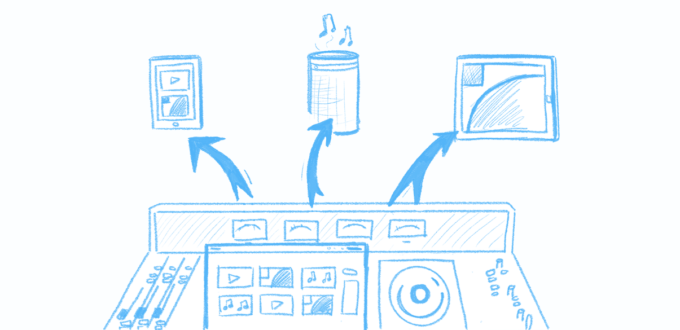- 5 Must-Have Event Management Software Features in 2024 - March 15, 2024
- Google My Business!-Importance Of GMB And Local SEOFor Pakistani Businesses - October 6, 2023
- Mastering Local SEO: A Guide For Small Business Owners - May 8, 2023
Planning an event can feel overwhelming, whether you’re part of a large company or a professional event organizer. But now, thanks to event management software, event planning just got a lot easier.
With this software, you can handle everything from marketing your event to managing ticketing and measuring success—all in one place. No more stressing over payments, juggling marketing efforts, or trying to figure out how successful your event was with multiple teams. It’s all streamlined.
According to Statista, the event management software market grew from $6.38 billion to $11.06 billion between 2017 and 2022. This shows a rising demand for tools that simplify event management. If you’re ready to make the switch, it’s important to know what to look for in your event management software. Here are five must-have features for 2024.
1. Multi-Faceted Registration Options
In today’s world, especially after the pandemic, many events have shifted to virtual. Just like remote work and online learning, virtual events have become a big trend.
For example, in 2020, WWE created a virtual arena called “Thunderdome” where fans could watch live events from home on LED screens. Virtual events are on the rise, and in 2022, 40% of global marketing events were virtual. This means having multiple registration options in your event management software is important. It allows you to reach a wider audience and get more people to sign up.
With multi-faceted registration, you can offer different seating options—some might want front-row seats, while others prefer general seating. This feature helps cater to various preferences, making it essential for your event planning.
2. Strong Analytics and Reporting Features
To understand whether your event was a success, you need strong analytics and reporting tools. These features help you track key data, such as the total number of registrations, and break it down by region, for example.
By analyzing this data, you can see what worked well and what didn’t. This information is vital for improving your future events and making better marketing decisions.
3. Ability to Capture Audience Reactions
Especially for virtual events like webinars and conferences, it’s important to know how your audience is reacting. Event management software with audience reaction tools can track this by using emojis and other gestures. This helps you understand how engaged your audience is, and which parts of the event they enjoyed or didn’t like.
This data allows you to pinpoint areas for improvement and make future events even better.
4. Gamification and Smart-Event Wearables
A fun way to engage attendees is through gamification and smart event wearables. These features are especially useful for virtual events, helping attendees connect and network with each other.
For example, at a Model United Nations (MUN) event, delegates need to communicate and form groups. Providing digital cards or smart wearables helps them network easily without leaving the event.
Your event management software can help organize this by centralizing all the communication and making it smooth for everyone involved.
5. Customized Mobile App
One of the key goals for any event is keeping your audience engaged. It can be difficult to keep everyone updated, but a customized mobile app makes it easier. With a mobile app connected to your event management software, you can send push notifications and polls to keep your audience interested and informed.
Conclusion
Event management software can make the planning process much easier. It helps you measure the success of your event without needing to coordinate with other departments. When choosing the right software, make sure it offers features like multiple registration options, strong analytics, audience reaction tracking, gamification, and a customized mobile app.
By selecting event management software with these essential features, you can ensure a smooth and successful event.


No Comments Yet